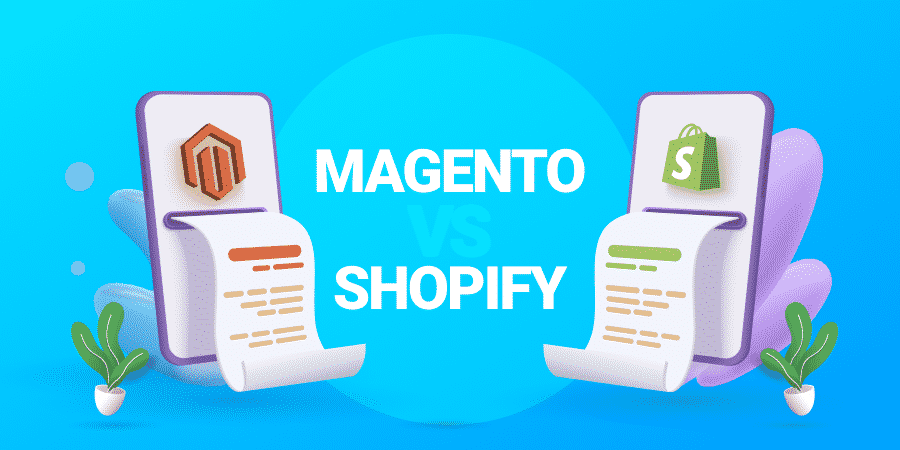Your cart is currently empty!
E-commerce Platform Comparison
•
How do you choose what platform to use for E-commerce?
When choosing an e-commerce solution, businesses often consider either a dedicated platform like Shopify or Magento, or a WordPress site enhanced with plugins like WooCommerce. Both have unique advantages depending on the project’s size, technical expertise, and growth goals.
Lets take a look at these options and see how they stack up against each other with some pros and cons of each and try to make a decision afterwards on which could best fit our situation.

Magento and Shopify are platforms that are specifically built for e-commerce. Shopify is a fully hosted SaaS (Software as a Service). Megento is a self hosted option that is geared more towards larger businesses.
Pros:
- Hosting, security, and updates are all managed.
- Built in tools for inventory, shipping, taxes, and analytics.
- Handles high traffic well.
- Strong customer support.
- Access to many third party integrations.
- Billing all in one place.
Cons:
- Restricted by platform rules.
- Monthly fees and transaction fees.
- Less content flexibility.

With WordPress you can turn any site into a fully functioning store using the Woocommerce plugin. Woocommerce is free and open sourced. It integrates directly into your existing WordPress site allowing you to manage both content and commerce from a single dashboard!
Pros:
- Excellent for combining e-commerce with blogs, landing pages, and other pages with content.
- Thousands of plugins and themes.
- Manage your store and website in one place.
- Budget friendly for small business.
- Supports major payment gateways like: Stripe, PayPal, Square, ect.
Cons:
- Setup, hosting, and security are your responsibility.
- As your site grows, you will need to adjust your site for performance needs.
- Risk of issues when using multiple third party tools.
- Will need to keep up with regular plugin and theme updates.
The Results
When comparing e-commerce options, businesses often choose between a dedicated platform like Shopify or Magento and a WordPress site with an e-commerce plugin like WooCommerce. Either way has strengths depending on the business’s needs, budget, and technical skills.
Shopify and Magento are built for online selling. Shopify is user-friendly, fully hosted, and ideal for beginners who want a ready made solution. Magento is more complex and powerful, made for large scale businesses with developer support. Both platforms offer strong built in features for managing products, payments, shipping, and security. However, they can be more expensive over time. They require subscription fees, transaction costs, and hosting requirements. Customization is also more limited.
WordPress and WooCommerce turns a regular website in to a full featured store while keeping the content and e-commerce integrated. WooCommerce is free and highly customizable, making it a flexible choice for people already using WordPress or focusing on content marketing. It supports a wide range of payment methods, shipping tools, and extensions for added functionality. Since it’s self hosted, users are responsible for maintenance, security, and performance optimization.
For online store owners, this is only 3 examples of tools that can be used. There are a lot more out there to pick from. You have to look at your business needs, budget, and if you are going to be able to build you store yourself to pick the right tool for you.
Leave a Reply